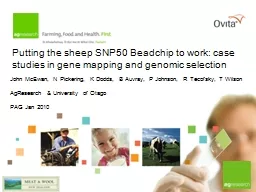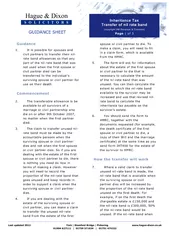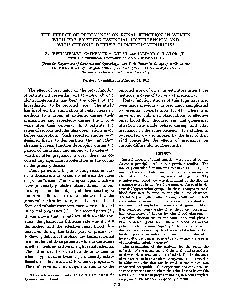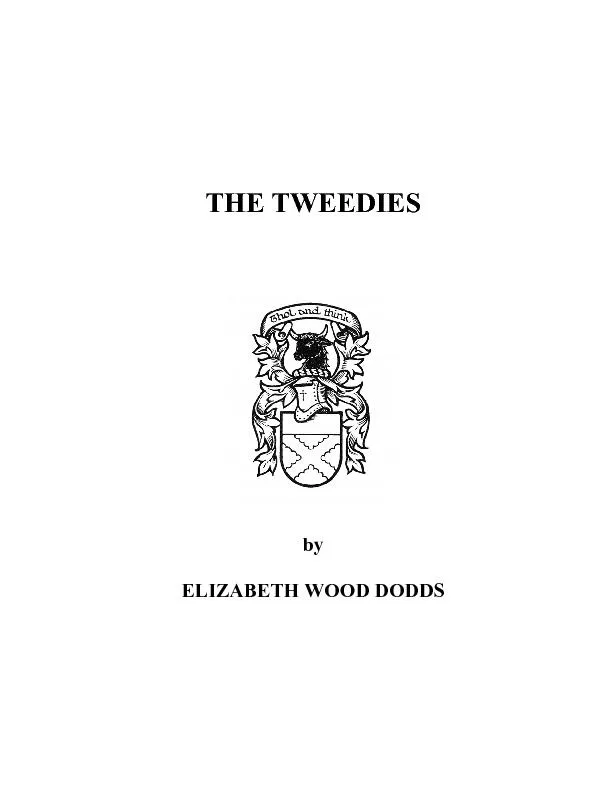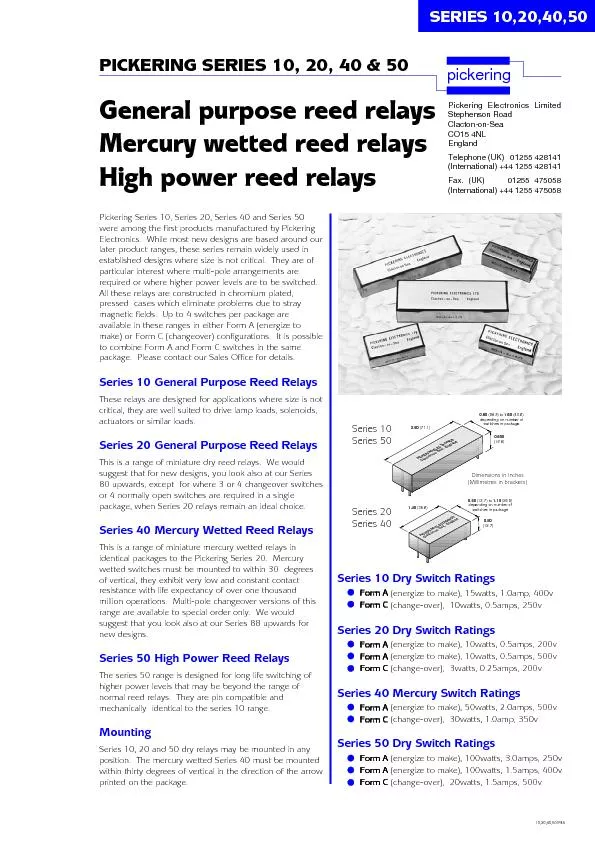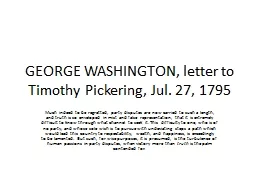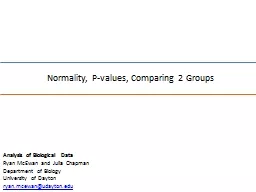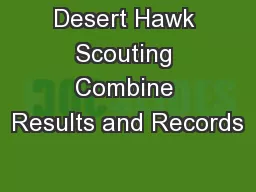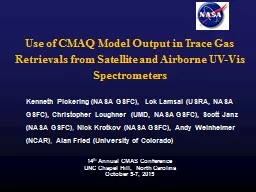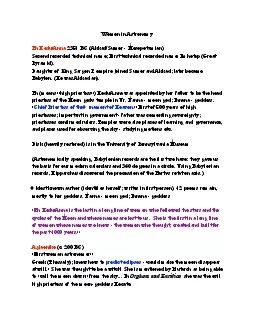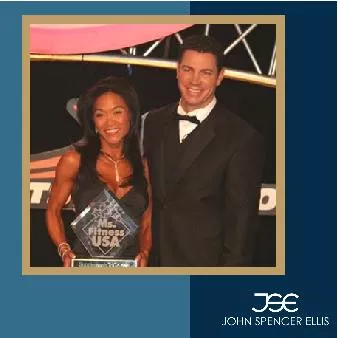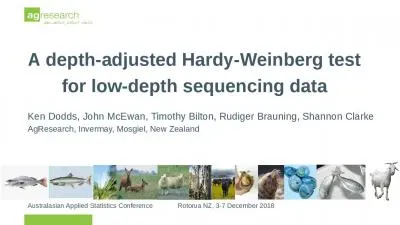PPT-John McEwan, N Pickering, K Dodds, B
Author : yoshiko-marsland | Published Date : 2019-12-18
John McEwan N Pickering K Dodds B Auvray P Johnson R Tecofsky T Wilson AgResearch amp University of Otago PAG Jan 2010 Putting the sheep SNP50 Beadchip to work
Presentation Embed Code
Download Presentation
Download Presentation The PPT/PDF document "John McEwan, N Pickering, K Dodds, B" is the property of its rightful owner. Permission is granted to download and print the materials on this website for personal, non-commercial use only, and to display it on your personal computer provided you do not modify the materials and that you retain all copyright notices contained in the materials. By downloading content from our website, you accept the terms of this agreement.
John McEwan, N Pickering, K Dodds, B: Transcript
Download Rules Of Document
"John McEwan, N Pickering, K Dodds, B"The content belongs to its owner. You may download and print it for personal use, without modification, and keep all copyright notices. By downloading, you agree to these terms.
Related Documents

